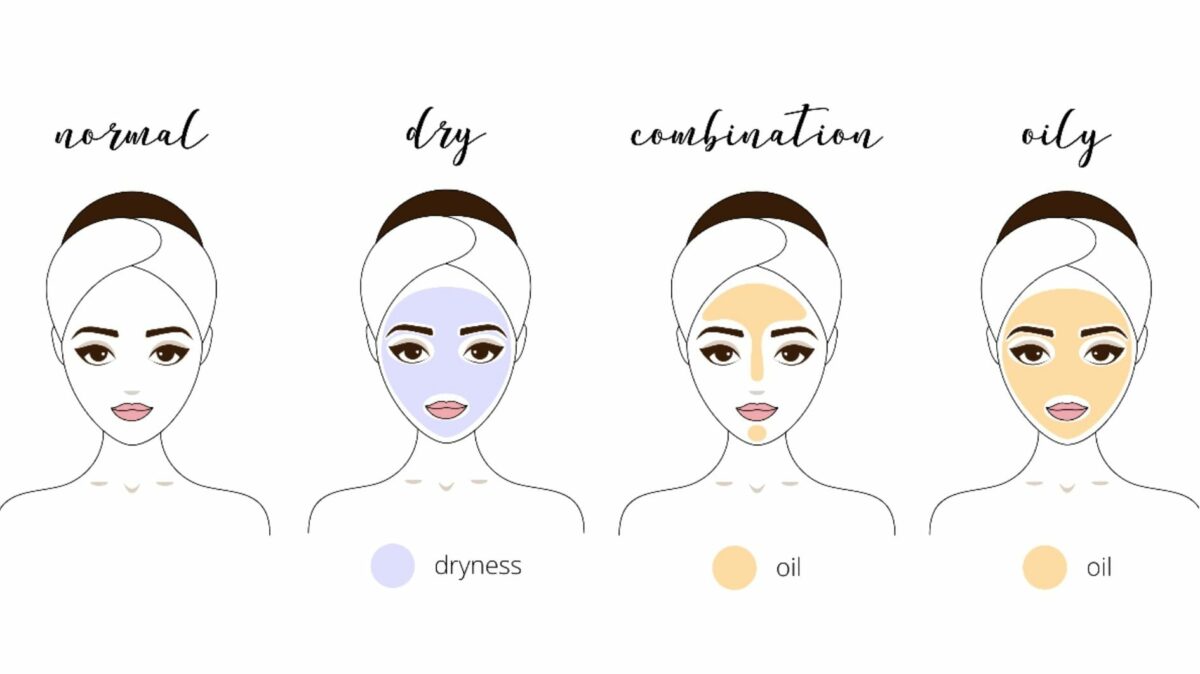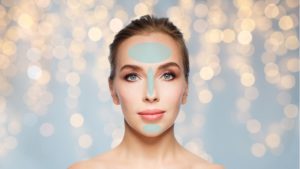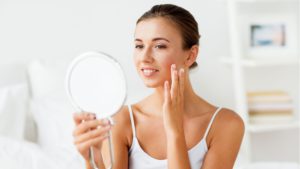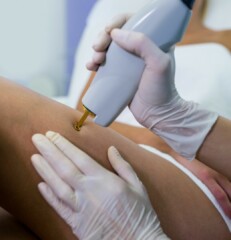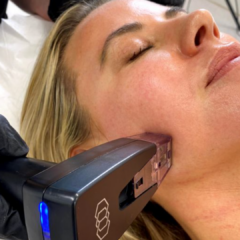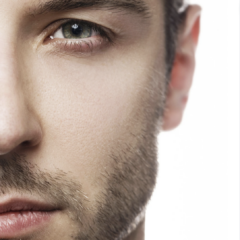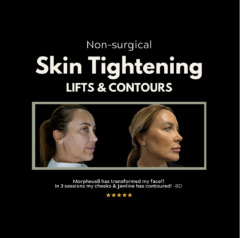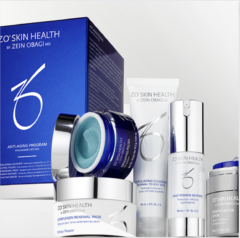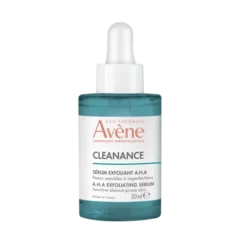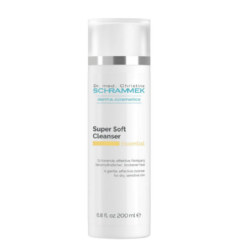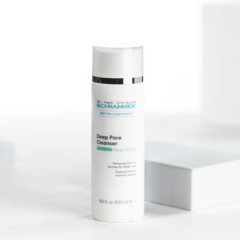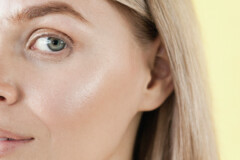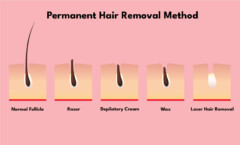We are all born with our skin type. This is set by our genetics and ethnicity which never change. However, did you know our skin type can?
Your skin type is mainly based on how much oil is produced in your follicles.
And each skin type requires a different skincare regimen. Before you choose your skincare routine and products, you need to know your skin type.
Not exactly sure???
Don’t worry.
With our self-test, you can find out exactly your skin type in 7 simple steps.
Step 1 – Clean/ Prepare your skin
First things first. Let’s get your skin back to its natural form. Without any makeup, chemicals, or dirt/dust.
Remove any makeup and wash your face with a plain non-acidic facewash which doesn’t include any moisturisers. Make sure to use lukewarm water as hot water would dry your skin.
Pat-dry your skin with a gentle towel rather than scrubbing it harshly.
Do not apply any products and do not touch your face.
Wait for 1-2 hours.
This way you will allow your skin to get back to its natural form without any outside elements.
You are now ready to examine your skin and find out your skin type.
Step 2 – Check your T-Zone
Your T-Zone is usually the oiliest area of your face as it has a higher amount of oil glands.
The area includes your forehead, nose, and chin.
This area is called the T-Zone because it is shaped like the letter T! (A very creative name!)
Next pat your T-Zone with a tissue and check if there is any oil rubbed off on it.
Oil : you either have an oily or combination skin.
No Oil : you are more likely to have normal or dry skin.
There are still a few more steps before we can say for sure what your skin type is so continue to step 3 (Make sure to complete all steps before your conclusion.)
Step 3 – Notice how your skin feels
This is the easiest step. All you need to do is listen to yourself and understand how your skin feels.
- Does your skin feel itchy?
You might have sensitive skin.
Oily skin will feel greasy immediately.
- Or does your skin feel tense or tight?
That is a sign of dry skin.
Step 4 – Look in the mirror
If you have a certain skin type, such as oily or dry; it is should be visible the mirror.
Oily skin would easily spotted as you will start seeing grease or shine on your skin.
If you notice flaky patches on your face, you are most likely to have dry and/or sensitive skin.
Your face also may not feel the same all over. Most people with combination skin experience greasy look on their T-Zone and especially on their nose areas. But they feel tightness on the cheeks or even sometimes in their foreheads.
Make sure to note every observation you have during your self-test to find your skin type.
Step 5 – Pinch your skin
Not that hard! Just gently.
Oily skin may tend to have more breakouts, but having oily skin actually has an advantage.
Higher oil produced in follicles wards off wrinkles better than dry skin as the oil keeps skin moister and smoother.
In other words, oily skin ages slower as it wrinkles less.
In this step of your skin type test, if you pinch your skin you can create an outside effect to see your skin’s potential level for getting wrinkles.
- If you have dry or combination skin types, your skin will easily wrinkle after pressure is applied.
- If you have oily skin, it will remain smooth.
Step 6 – Look at your pore size
Those tiny dots you see on the surface of your skin are called pores
What you may not now, they are actually openings of hair follicles. And your pores are responsible for the production of your skin’s oils.
And you’ve guessed right again when your pores fill up with too much oil and/or dirt, that is how you usually get spots.
Pores are more noticeable on some parts of your face then others. For example, your forehead and nose.
- When you check your skin pores in the mirror, if they are visible but not large, you probably have normal skin.
- Take a few steps back from the mirror. If you still can see your pores you might have oily skin.
- On dry skin, pores will not be as visible.
Step 7 – Watch your makeup
If you have waited 1-2 hours after your washing your face it’s time to start examining your skin.
Usually, your skin gets back to its natural state by this time. Think about how many clues your skin gives you during the day.
If you have never done this before it can be surprising by how much you can learn by just doing nothing but just observing you skin and its sensations.
Watching your make up is one of the easiest ways to determine your skin type.
If you have oily skin, you will probably get that midday shine on your face. And your foundation will come off while your mattifying powder is already long gone.
So, if your skin makeup is giving up 3-4 hours after you’ve applied it, you probably have oily skin.
On the other hand, while applying your makeup if your foundation looks cracked or flaky, you are more likely to have dry skin.
We hope you now you have a better understanding of your skin type.
It is important to remember every skin type requires a different skincare product and regimen.
Now you know your skin type, why not consult our skin experts to find out which skincare is the best for you?
Book your free e-consultation today!

